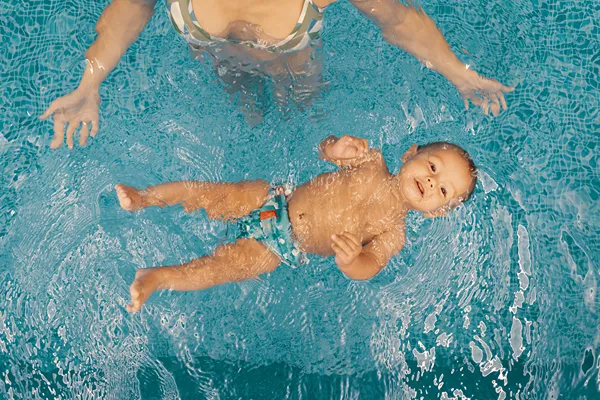How to Make Sure Your Kids Are Browsing Safely on the Internet
There are billions of websites on the internet, and many of them have content that’s not suitable for children. As a parent, it’s essential to safeguard your kids when they go online because it can help ensure their physical and mental wellbeing.
But, with so many different threats, knowing where to start isn’t always straightforward. Here’s everything you need to know to keep your children safe while browsing the internet.
1. Speak to Your Child
The most effective tools against online threats are knowledge and awareness, so take the time to speak to your children about the dangers found on the internet.
While you do so, remember to adjust your messaging according to your child’s age to avoid scaring them. It’s always a good idea to discuss the safest web browsers and encourage your children to stick to these.
2. Monitor Screen Time
Children as young as 8 spend up to 6 hours online, and that number climbs to 7.5 hours by the time they hit age 14.
The less time your children spend online, the lower the chances of consuming inappropriate content or encountering a potentially dangerous situation.
You can always rely on tools like screen monitoring features, which are incorporated into smartphones, tablets, and other modern gadgets.
3. Activate Parental Control on Their Devices
Parental control allows you to restrict different types of content and apps so that your child can’t access them.
Like screen monitoring features, parental control is often found in the system settings on smartphones, tablets, and even smart TVs, so make sure to adjust these on all the devices that your kids use.
4. Keep an Eye on Activities and Overall Behavior
If your kids are behaving strangely or interested in unusual activities, it may be a sign that they’re frequenting dangerous websites and apps.
Rather than confronting your child, you should aim to create a space where they can express themselves freely and ensure that they don’t feel at fault when discussing the matter.
5. Take a Look at the Websites and Apps They Use
In addition to your child’s behavior, it’s also a good idea to keep a close eye on the websites and apps they use the most.
Besides looking for red flags like dating platforms, also note the time of the day they’re using these applications. If you notice a spike in use of a potentially dangerous app when you’re not around, it may be a good idea to look into it.
Potential Dangers Found Online
While it can definitely be described as an endless fountain of knowledge, the internet is also home to many dangers for children. Let’s take a closer look.
- Malware: Viruses, worms, and other types of malicious software can infect your child’s device and steal personal details like name, address, and date of birth. Even your own personal information like credit cards, may be stored in your gadgets, which can cause a huge problem in its own right.
- Predators: Sexual abusers and other predators often attempt to track down children on the internet because kids are more vulnerable. If not protected, your children run the risk of being targeted and coaxed into sharing sensitive content.
- Inappropriate Content: One of the biggest downsides of the internet is that it’s chock full of all types of content that’s available to everyone, including children. Inappropriate content like pornography and violent materials can cause trauma that affects them for a long time.
- Cyberbullying: Most teens agree that cyberbullying is a major issue, but it’s almost impossible to mitigate its effect if you’re not monitoring your children’s online activity and taking steps to protect them.
- Privacy Concerns: Last but certainly not least, children are more likely to share personal data like addresses, full names, dates of birth, and other sensitive information online, which can produce a myriad of additional security concerns, including identity theft and grooming.
Taking the Necessary Steps to Protect Your Child
The internet is a wonderful resource that your child can use to learn about an endless collection of topics.
That said, it’s also important to protect your child from potential dangers, so you should take steps like discussing some of these threats with your little ones, monitoring screen time, using parental controls, and following the other safety best practices listed in this article.
Besides protecting your children, following these steps can also help improve issues like sleep problems, low grades, and self-image issues.









